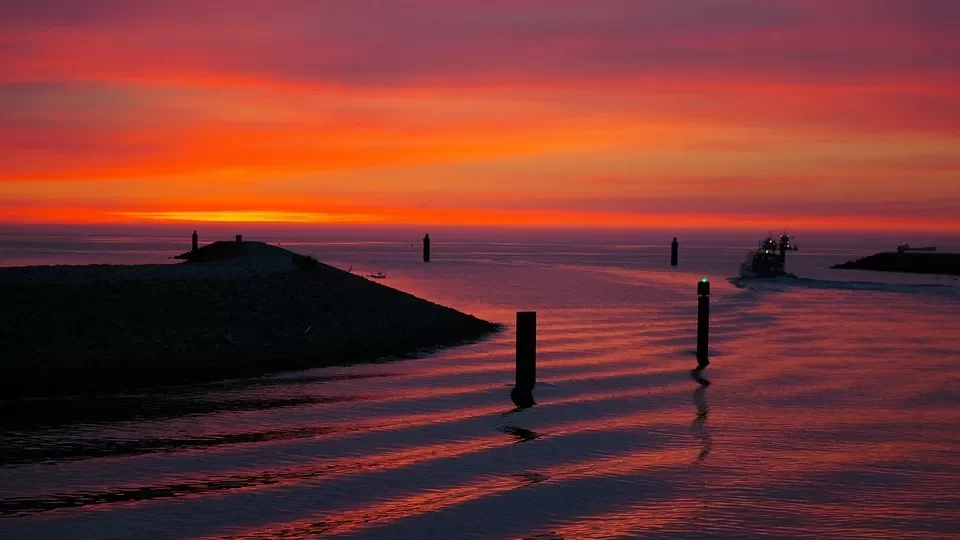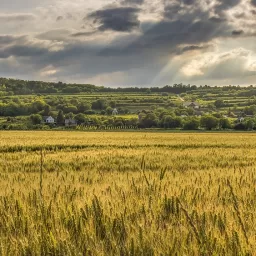
How to Create a Documentary With Public Domain Images and Film Clips
People are fascinated by history documentaries – stories of wars, biographies of important historical figures, everyday life in well known cities, evolution of technology and many other aspects of our rich collective history. This fascination is evident by all the channels on television devoted to this sort of material including The History Channel, The Military Channel and many others.
And if you watch the documentaries with a critical eye (as opposed to a “be entertained” eye), you will begin to see how they are developed. You will see the way they handle scene transitions, working with still images as well as film clips, how the commentary and the images are weaved together to tell a compelling story. And if you watch enough of them, you would be able to fully extract the formula for creating your own documentary.
And thanks to the deluge of public domain film and photographic material that is now available digitally at no to low cost, acquiring all the pieces for a first rate documentary can be done on anyone’s budget.
It all starts with an idea for a topic.
From this topic, you would next create an outline of the project. This would be done with a storyline or storyboard – basically a sketch of the elements of the documentary and the order in which they would be presented. This storyboard can be created on paper – as was common in times past – or with software. A search on your favorite search engine on the phrase “storyboarding software” will return several packages that can help you with this process. What is nice about the software is that it is easy to rearrange the story pieces as often as you wish to make the story line perfect. (When working with paper, this process is more difficult but can be overcome by working with 3×5 index cards and rearranging them as needed.)
Once the storyboard is complete, the next step is to write your script. The length of the script will be determined by the desired length of the documentary and the speed that the voice talent speaks. If you wish a 60 minute documentary and the voice talent speaks about 150 words a minute, you will need a script that is approximately 9,000 words in length.
One additional note about writing the script that needs to be emphasized is to tone of the reading. You will be handing your script to your voice talent for him or her to record and that talent will need to know what type of tone to use throughout the script. Just like a movie script, there need to be markouts in each section to describe the mood that should be expressed by the voice talent. If you don’t do this, you will most likely end up with a boring monologue that will doom your documentary.
Once you have completed the writing of the script and its markouts, it is time to work with the voice talent to record the script and digitize it for later importation into your video editing program. At this time, you can review the audio of the script and make edits, re-record sections that don’t seem to convey the proper mood, etc.
Now that you know the mechanical requirements of the script, you will link your script to the storyboard by mapping out the start points in each storyboard segment with the equivalent start point in the script. What this does is assign a certain number of words to each storyboard segment (which defines its length.) This will help you determine the approximate amount of visual material you need for each segment.
After the storyboard and script are lined up, it is time to gather the visual materials for each segment and to start laying out everything in your video editing software. This is the part that requires the biggest time investment as you will be working to be sure the length of each segment matches the appropriate ending point for that segment in the audio rendering of the script. You will also need to ensure that all the transitions of material within each segment and between segments is smooth. It takes time and patience but the effort expended here will be the difference between something that is unwatchable and a stellar documentary. Also, at this time you will probably discover that you need to replace some of the voice recordings as they may not convey the exact mood you were looking for as you review the pieces. Just record those segments again and keep iterating back and forth until you get the finished product.
Depending on your specific skills and your ready access to the visual materials and voice talents, you could create your very first documentary in a very short period of time. It really is a very exciting process and a great way to put your mark on a fascinating historic event. And who knows, it might even be good enough to sell to The History Channel.
domain checker
#Create #Documentary #Public #Domain #Images #Film #Clips
Will be pleased to have you visit my pages on social networking .
Facebook page here.
Twitter account is here.
Linkedin account here
Post byBedewy for info askme VISIT GAHZLY





